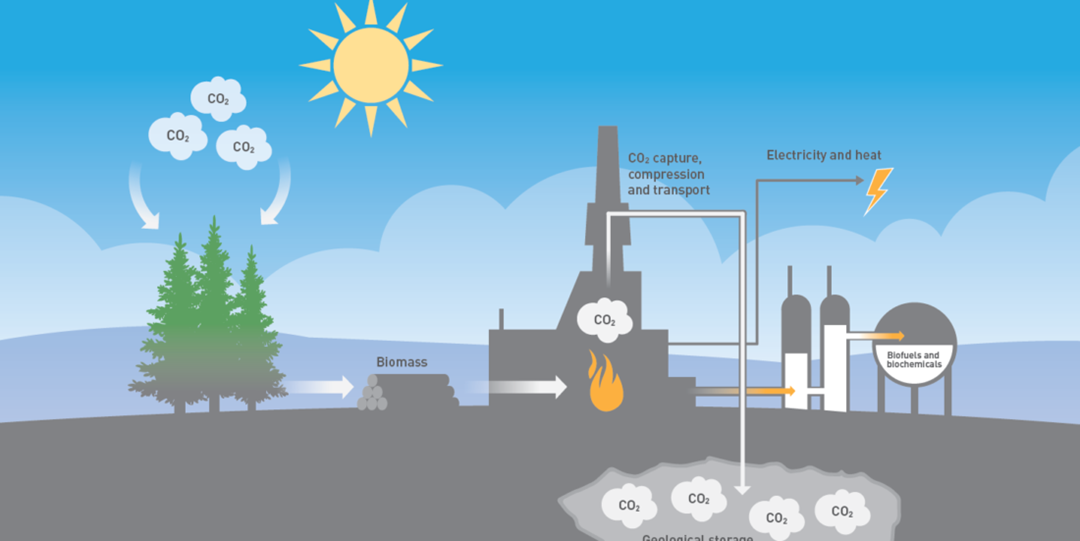CCS was originally invented at SINTEF (E. Lindberg and T. Holt, 1986), and since then we have become world leaders in the field. SINTEF heads a wide range of CCS and BECCS projects, including NCCS – the world’s largest research centre for CO2 capture and storage. We are also well represented in the international CCS arena. Amount others, we head EERA CCS, a European collaboration for CCS research, and have contributed to documents from the Zero Emissions Platform (ZEP) and the Carbon Sequestration Leadership Forum (CSLF) on the subject.
Together with the industry, we develop and improve CO2 capture, transport and storage technologies, and we are working different ways to adopt CCS in order to reduce the CO2 concentration in the atmosphere.
What actually is BECCS and when can it be used?
BECCS is a form of CO2 capture and storage that has been adopted on industrial process, wherein biomass is converted into energy, fuel or materials that have CO2 as an end product (energy production) or a sidestream (e.g. fuel production), or biocarbon as the main product or a by-product. This means that BECCS can be used in everything from waste and biomass incineration plants for biofuel and biochar production.
How BECCS CO2 is removed from the atmosphere
When biomass is burned, CO2 is produced, but this does not add new CO2 to the atmosphere. This is because plants and trees remove CO2 from the atmosphere via photosynthesis as they grow. Therefore, when the plant or tree is burned, it does not release extra CO2. Therefore, the CO2 concentration in the atmosphere does not increase, and we achieve a carbon neutral cycle.
BECCS is not “one size fits all”

The CO2 that is released from various combustion processes is mixed with various other gasses. The composition depends on the processes (waste incineration, biofuel production, etc.). Therefore, there is no “one size fits all” solution for CO2 capture from biomasses. For example, there is a large difference between capturing CO2 from bioethanol production and biomass combustion. Adapting CCS technologies to various types of biomasses based on industrial processes is therefore an important research area for SINTEF, and something we work closely on together with our customers.
In addition, we work with using biocarbon as a CCS measure, i.e. biocarbon production from various types of biomasses for long-term storage in the soil, as well as earth improvement measures.
Therefore, we have built infrastructure for running experiments on characterising biomasses, pyrolysis, gasification, and relevant combustion processes for various CCS technologies, as well as developed numerical models to help our customers with efficiently designing industrial facilities that include CCS.
Our typical projects include:
- Biomass combustion properties with oxy-fuel combustion (both experimental and numerical)
- WtE / CCS integration issues
Who do we do this for?
- Waste incineration plants
- Biochar producers / metallurgical industry
Selected BECCS projects
- NEWEST-CCUS:
ERANet ACT project with UK, Germany and the Netherlands
- H2020 ACCSESS
- KPN WtE 2030
- KSP CircWtE
- CAPEWASTE:
IPN project with REG-Oslo Municipality and Linde


